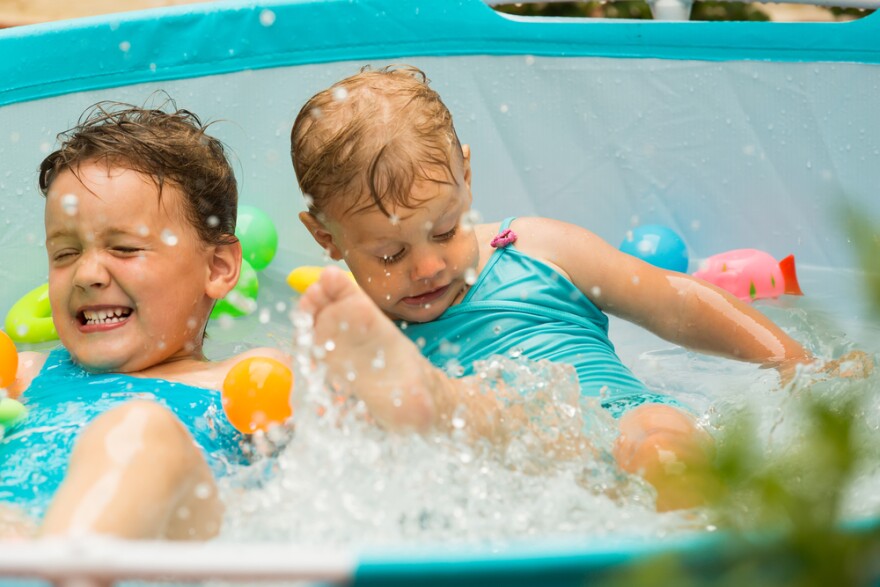In this edition of the ËÄ»˘Ó°Ôş series, Vital Signs, the risk of drowning in portable pools. The Consumer Product Safety Commission has estimated one death every five days during warm weather months occurs in portable pools - from above-ground types to the small inflatable or "kiddie" pools.
Shelli Stephens-Stidham, Director of the Injury Prevention Center of Greater Dallas at Parkland Hospital System, talks about what leads to such incidents.
Highlights of Stephens-Stidham’s interview:
Why portable pool drownings are such a problem: “Drowning is actually the leading cause of injury death for children one through nine in Dallas County. People think it’s a noisy thing. They see it displayed or acted out in the movies or things like that. But actually drowning is very silent. Young children, particularly infants and toddlers, can drown in small amounts of water. That’s why you hear about children drowning in bathtubs or buckets or things like that. Particularly, a small can drown in less than three minutes.”
Dangers of portable pools: “There’s been attention paid to prevention of in-ground pools. But people don’t necessarily think portable pools fall into that. They don’t think they’re as dangerous. But they really are – the same level of danger and hazard. You need to have layers of protection. Four-sided fencing is recommended if you have an above-ground pool that has ladders and things like that. When we say four-sided fencing, we mean all four sides of that pool are protected with some sort of fencing with self-closing and self-latching gates.
If you can’t do four-sided fencing, then we recommend a locked pool cover on it so that a child can’t access it, and that you have the removable ladders so that a child can’t climb up into the pool. If you’ve got the smaller kiddie pools, dump them out and turn them over after each use. Don’t leave them out. If you forget about it, you forget the child has access to it.
Make sure you watch your children all the time or active supervision when they’re around water. Active supervision for infants and toddlers means you can reach out and touch them. For older children, particularly non-swimmers, active supervision is almost like a lifeguard. You have your eyes on that child all the time.”
For more information:





